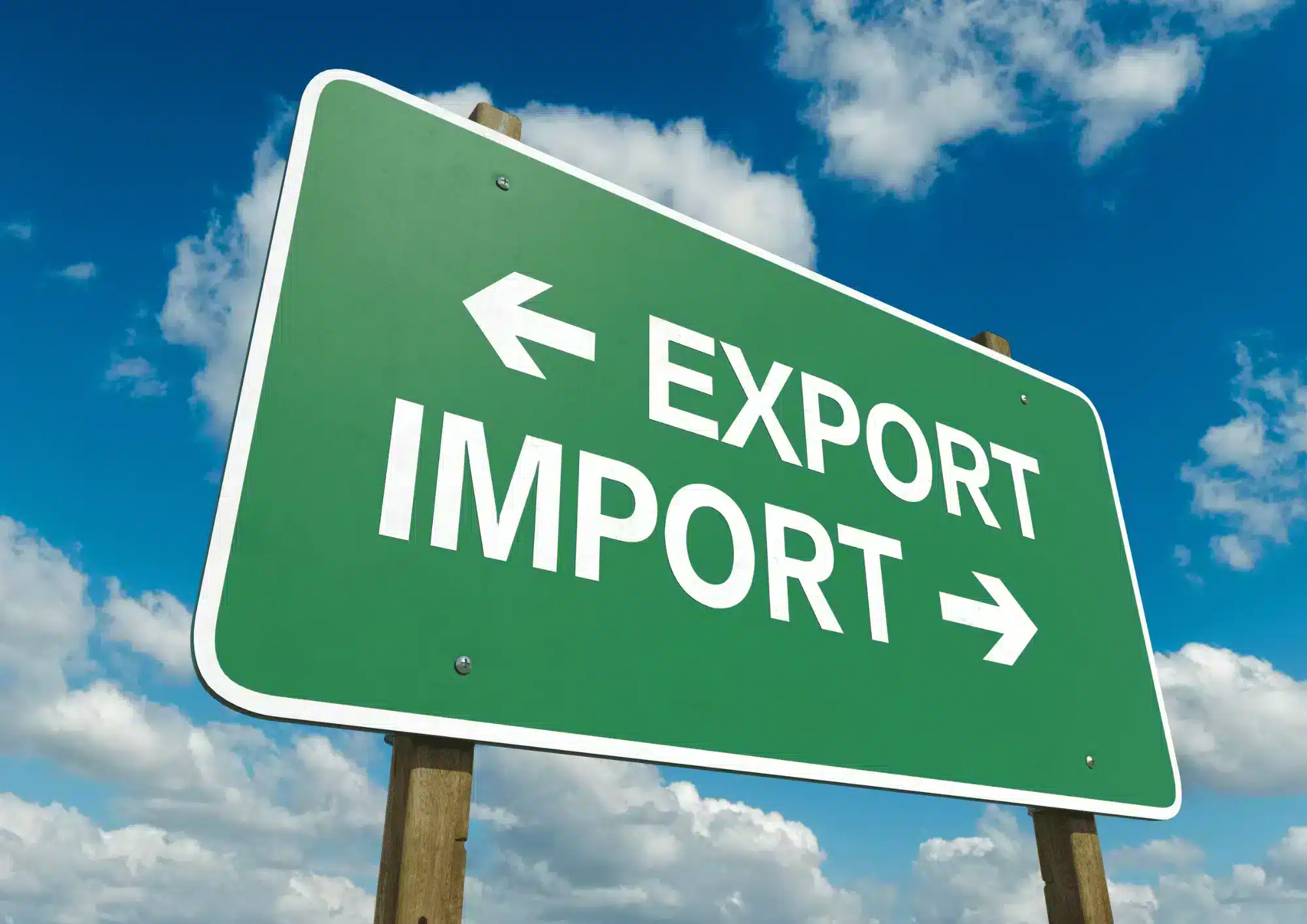Injectable aesthetics reviews. Drug Imports: What You Don’t Know Could Hurt Your Wallet

You have probably heard it before: drugs and medical devices from other countries are dangerous. That may make sense on the surface, but once you delve into where drugs are actually made, and who oversees these factories, you realize this is simply not true. When it comes to drug imports, not knowing these details could hit you right in the wallet as you continue to pay more for exactly the same (and just as safe) products than doctors in other countries.
1. Most American drugs and aesthetic devices are made overseas.
Buy American: that is what the pharmaceutical companies tell you. When you pay more than $500 to buy Botox from your American suppliers, you are buying a genuine vial of American Botox. The problem is, your American Botox is not made in the U.S.A. at all. All vials of the botulinum toxin are made in one factory and one factory only, located in Ireland. This Irish manufacturing plant produces all the world’s Botox, ready for delivery to more than seventy different countries around the world, including the U.S.A. The difference is all in the packaging. Those same vials of Botox that come off the assembly line are destined for different boxes, which may have slight differences such as a local distributor address. That same Botox you purchased from your local rep really came from Ireland, despite that California address they emphasize.
If you think you might just buy some locally-made Dysport or treatments from Xeomin instead, think again. Galderma produces its Dysport injections in a U.K. factory and Merz Pharmaceuticals manufactures its Xeomin in Germany. Even the most popular brands of dermal fillers are made in other countries, including Allergan’s Juvederm, made in France, and Galderma, who makes Restylane, manufactures their aesthetic products in Sweden. Some of the most popular drugs, including Lipitor and the active ingredient in Viagra, are also made in Ireland as Pfizer, and most of the world’s largest pharmaceutical companies, take advantage of the country’s low corporate tax rate.
In fact, 40% of drugs in the U.S. are imported, to the tune of $86 billion in 2015 alone. Not only that, of the drugs that are manufactured in the U.S., 80% of their active ingredients came from other countries. Even if a drug company claims its product was made in the U.S., this may not be entirely true. As India continues to produce cheap generics, and some of the world’s largest and most innovative pharmaceutical companies continue to call Europe home, this trend of importing drugs is likely to continue.
The next time someone touts the safety of American-purchased drugs and devices over foreign products, now you know: most of what you buy is not even made in the U.S.A.
2. European factories may be regulated by the EMA, Health Canada, and the FDA.
If most drugs and their ingredients are imported, how do we know they are safe? The European Medicines Agency (EMA), Health Canada, and the FDA all have similar mandates, to ensure products are safe and work as claimed, and to ensure timely approval of drugs that can benefit patients. Europe and Canada rely on Mutual Recognition Agreements (MRA), trusting that drugs made in countries with similar manufacturing standards are safe for their own residents. This saves the organizations from having to inspect factories that have already been inspected locally. The FDA requires manufacturers to comply with Current Good Manufacturing Practice (CGMP) regulations, and will routinely inspect domestic and foreign manufacturing facilities. What this all boils down to is if a medical product is manufactured in Europe for export to Canada and the U.S.A., it must comply with regulations in all three regions.
Botox is one example of a product meeting multiple regulations. Since the botulinum toxin is produced in Ireland, it must meet the standards of that country and across the European union; since that product exports to Canada, it must meet Health Canada standards; and, since it also exports to the U.S., Botox must meet FDA standards of safety and potency. This makes arguments that Botox from outside the U.S. is not safe seem somewhat strange. If foreign Botox is manufactured in unsafe conditions, so is Botox sold in the U.S., since it is the same product made in the same place. Claims that foreign Botox is unsafe are clearly false. The truth is, this botulinum toxin meets the safety standards of multiple countries, who all deem it safe for cosmetic and medical use.
3. American drug approval processes may not mean safer drugs.
The European Union and the U.S. both have a process in place to ensure drugs and devices they approve are safe and have the effect claimed. This generally involves the manufacturer presenting evidence from clinical trials, showing the products are safe and effective before they become available to the public. Since medical products must prove themselves before approval in each region, there is no reason to believe products approved by the FDA are any safer than products approved by the EMA.
Although the FDA has regulations in place to ensure drug safety and effectiveness, even this can fail at times. Two different studies examined drugs and devices approved by the FDA on flimsy trial data. In the first study, the researchers looked into 22 drugs approved through the Accelerated Approval pathway. To fast-track certain drugs, the FDA drops their usual data requirements, requiring less data initially to get the drug to market faster. The manufacturer is to then continue the drug trials, ensuring its ongoing safety, but only half of the required trials were completed after three years. This means that when the FDA relaxed its rules to fast-track these promising treatments, the drug manufacturers failed to keep up with their obligations. In the second study, researchers found medical devices were implanted without ruling out the placebo effect and without comparison to existing treatments. Not only that, there was a huge difference between the number of patients who enrolled in the trials and the number of patients whose data was submitted, prompting concerns the manufacturers left out data that was less than desirable. Both these studies suggest even with FDA approval, a product may not meet stringent safety standards.
4. Drug companies want to protect their profits.
When examining the claim that foreign-sourced drugs and medical devices are unsafe, you must look at the motivation for this claim. It is not hard to find: profit. The pharmaceutical industry in the U.S. is worth $446 billion per year, almost half the entire world’s pharmaceutical spending. Drug prices are regulated in Europe, limiting what companies can charge doctors for Botox and other drugs, while in the U.S. they charge whatever they want. This means Allergan makes much more money selling a vial of Botox in the U.S. than it would selling that same vial in Europe: if a doctor in the U.S. buys Botox from an American source, that means more profit for Allergan than if that same doctor were to purchase their Botox from outside the country. No wonder they want to perpetuate the myth that foreign Botox is unsafe. The pharmaceutical company has faced controversy over their efforts to protect their $15 billion per year in revenue, including selling rights for an eye drug to a native American tribe to protect a patent; making a deal with a Korean botulinum toxin producer to keep a cheaper alternative out of the country; and feeding tips to the FDA about doctors who purchase Botox from other countries, with most of these cases later being closed. In these three situations, Allergan has faced backlash from those who see these price-protection tactics as unethical. However, with $15 billion per year in revenue for the pharmaceutical giant, the controversial tactics seem to be working.
Despite allegations by pharmaceutical companies that drugs purchased outside the country are not safe, there seems to be little truth to that claim. With most drugs and ingredients in the U.S. imported from elsewhere, and FDA oversight of the factories that make them, drugs and medical devices in Europe are just as safe as in the U.S. As long as doctors ensure they are purchasing genuine products, they can buy the same drugs and medical devices from out-of-country, for less.
Medica Depot helps source dermal fillers and other aesthetic products from around the world, helping doctors save. To purchase Restylane or other cosmetic products, visit Medica Depot today.
Injectable aesthetics reviews can be found on various platforms, including specialized aesthetic treatment review websites, social media platforms, and healthcare provider directories. They provide valuable insights for individuals considering these treatments, offering firsthand perspectives and experiences that can help inform decisions about undergoing injectable aesthetic procedures. Here are some key points typically covered in injectable aesthetics reviews:
-
Treatment Effectiveness: Reviewers often discuss how effective the injectable treatment was in achieving their desired aesthetic goals, such as reducing wrinkles, enhancing facial contours, or improving skin texture.
-
Safety and Comfort: Reviews may address the safety of the procedure, including any discomfort experienced during or after the injection process, as well as any side effects or complications encountered.
-
Provider Experience: Reviewers may comment on their experience with the healthcare provider administering the injectable treatment, including their professionalism, expertise, and ability to address concerns or questions.
-
Results Duration: Discussions often include the longevity of the results achieved with the injectable aesthetics, such as how long the effects lasted before additional treatments were needed.
-
Overall Satisfaction: Reviewers typically summarize their overall satisfaction with the injectable aesthetics treatment, considering factors like the improvement in their appearance, confidence level, and value for money.





